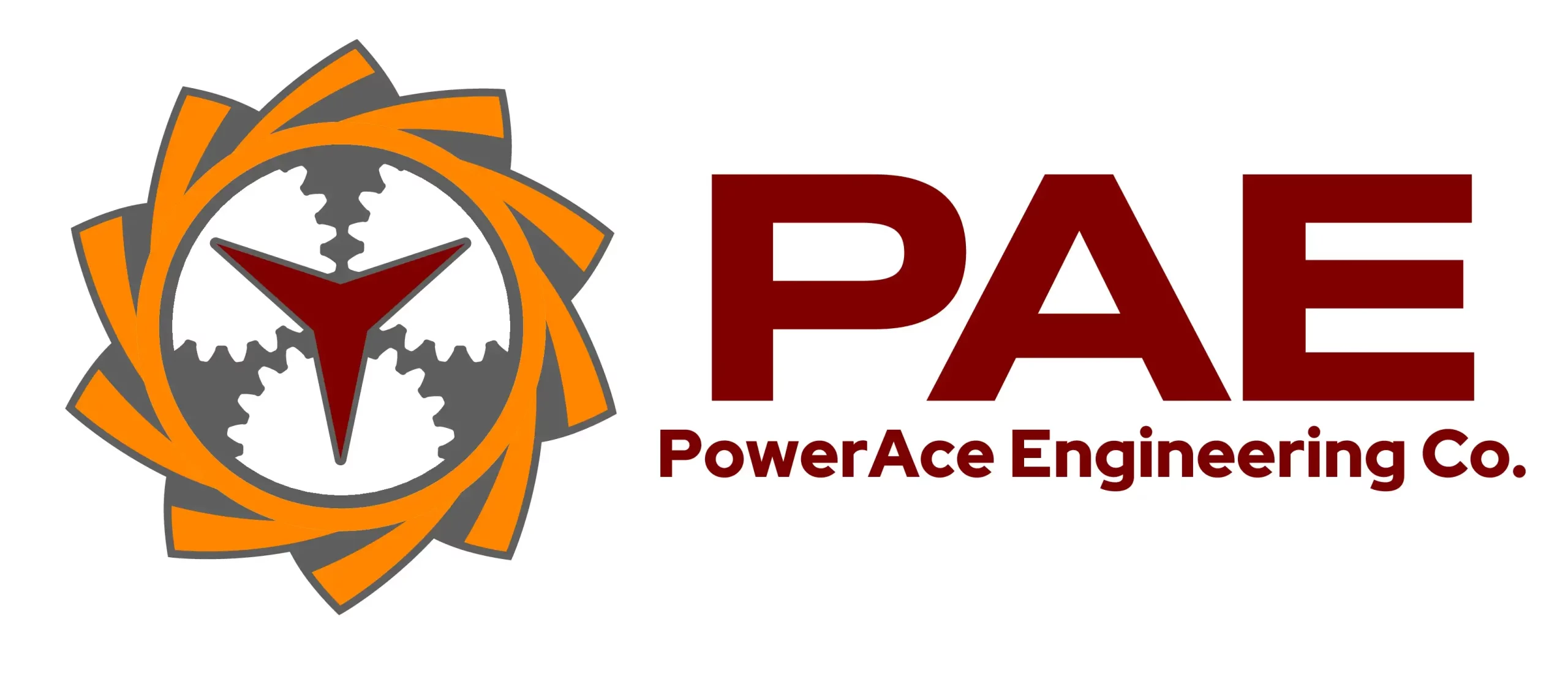~ In 2025, torque limiter couplings have become essential in modern engineering for protecting machinery, enhancing precision, and minimizing downtime. Their integration with servo couplings and use across industries highlights a growing shift toward smarter, safer industrial couplings.
In the fast-evolving world of industrial automation and precision engineering, 2025 has brought with it a shift in conversations. Amid the buzzwords like Industry 4.0, predictive maintenance, and AI-driven manufacturing, one mechanical component is quietly dominating engineering discussions: the torque limiter coupling.
While not as flashy as robotics or as complex as machine learning, this humble device plays a crucial role in keeping machines running safely, efficiently, and with minimized downtime. So, why is it getting so much attention this year? Let’s break it down.
The Rising Demand for Precision and Safety
Modern industries demand accuracy without compromise. Whether it’s packaging, CNC machining, printing, or food processing—every motion needs to be precise, reliable, and fail-safe. This growing need is exactly where industrial couplings come into the spotlight.
Specifically, torque limiter couplings are designed to do more than just transfer torque—they protect critical components from overload. When a machine unexpectedly jams or a mechanical failure occurs, these couplings disengage automatically to prevent damage. In other words, they are the safety valves of the mechanical world.
The push toward zero-downtime operations in 2025 has made these couplings non-negotiable in many engineering systems.
Understanding Torque Limiter Couplings
At their core, torque limiter couplings are protective devices that interrupt power transmission when torque exceeds a preset limit. This prevents breakdowns, reduces costly repairs, and enhances operational safety.
There are several types—friction, ball-detent, and magnetic versions among them—but all serve the same purpose: absorbing mechanical shock and isolating sensitive components from overload. Their design allows them to reset automatically or manually, depending on the application.
What makes them increasingly essential today is the complexity of modern machinery. With more moving parts, more software integrations, and tighter tolerances, the cost of a failure—both financially and reputationally—has skyrocketed.
Integration with Servo Systems
Another reason engineers are spotlighting torque limiter couplings in 2025 is their seamless integration with servo couplings. In servo-controlled applications, even minor misalignments or overloads can lead to loss of positional accuracy or drive damage.
Servo couplings are engineered to provide high torsional stiffness and compensate for shaft misalignments, essential in high-performance servo motor systems. However, without overload protection, they remain vulnerable. That’s where the synergy between servo and torque limiter designs comes in.
By combining the flexibility and precision of servo couplings with the safety of torque limiters, modern engineers can achieve performance and protection in one assembly. The result? Smarter, safer machines that perform flawlessly under demanding conditions.
Applications Across Key Industries
Torque limiter couplings are now being adopted across a wide range of industries. Here’s how they’re changing the game:
• Automotive Manufacturing: Robotic arms used in car assembly lines are highly sensitive and expensive. One wrong move or jam could cause a halt in production. These couplings ensure that any overload is absorbed before it causes damage.
• Pharmaceutical and Food Packaging: In industries governed by hygiene and precision, any equipment failure can lead to contamination or product loss. Torque limiters allow the system to stop instantly without affecting nearby machines.
• Textile Machinery: With high-speed rollers and cutters in operation, torque control is critical. These couplings add a layer of protection while ensuring machines remain aligned and productive.
• Printing Industry: In large-scale printing presses, unexpected paper jams or alignment issues are common. Here, the use of torque limiters prevents gear and shaft damage, keeping costly downtime at bay.
Why 2025 is the Tipping Point
So, what’s different this year? Why is this topic exploding in engineering circles now?
A few trends have converged:
1. Higher Machine Speeds: As equipment speeds increase, so do the consequences of a mechanical jam. Torque limiter couplings offer instant response, reducing the risk of catastrophic failure.
2. Predictive Maintenance and IoT: Smart factories are using sensors to detect anomalies before they cause failure. Couplings with built-in monitoring or easy reset mechanisms complement this preventive approach.
3. Global Supply Chain Pressure: With lead times stretched across the globe, replacement parts are harder to come by. Preventing failure in the first place is now a top priority.
4. Sustainability Goals: Replacing damaged parts adds to industrial waste. By protecting components, torque limiters help extend machinery life and reduce environmental impact.
5. Human Safety Regulations: Governments are enforcing stricter safety standards. Machines must now meet not only performance metrics but also demonstrate fail-safe behavior—another win for these couplings.
The Engineering Mindset Shift
What’s truly notable is the shift in how engineers think about mechanical components. In the past, couplings were often an afterthought—installed to complete the drive train. Now, they’re seen as strategic components that can define a machine’s reliability.
Design engineers in 2025 are incorporating torque limiters from the earliest design phase, ensuring alignment with control logic, software diagnostics, and long-term operational goals. They’re no longer just mechanical links; they’re part of a broader conversation around smart design.
From Passive Component to Strategic Advantage
In a year when the engineering world is laser-focused on efficiency, safety, and sustainability, torque limiter couplings have gone from being background components to strategic assets. Their ability to protect, prevent, and prolong machine life is no longer optional—it’s essential.
From smart factories to custom automation systems, these couplings are proving their worth by minimizing downtime, reducing waste, and enhancing productivity. Engineers aren’t just installing them; they’re advocating for them, optimizing around them, and designing smarter systems because of them.
Looking for high-performance torque limiter couplings, servo couplings, orprecision-engineered industrial couplings tailored to your needs? Power Ace India offers cutting-edge solutions trusted by industry leaders across India.

